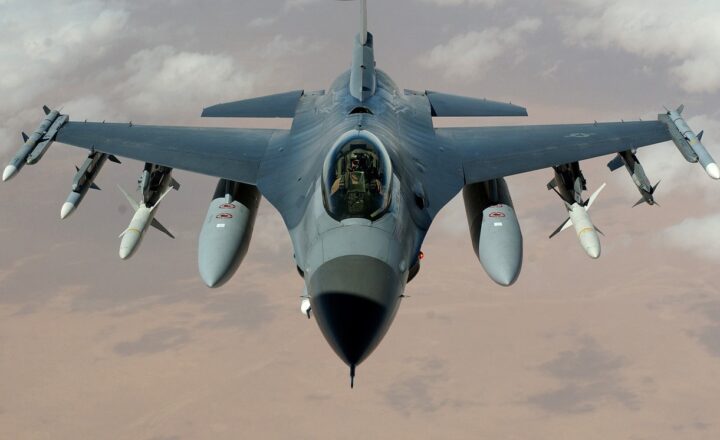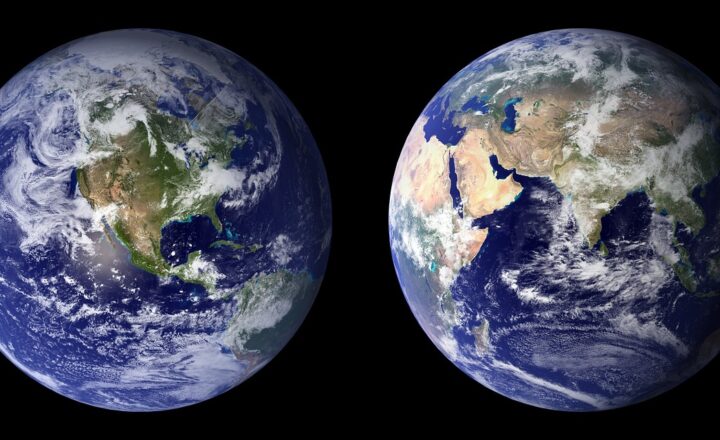How the Role of the Military Varies Between Peaceful and Conflict-Ridden Nations
November 14, 2024

The role of the military is multifaceted, evolving dramatically based on the sociopolitical context of the environment in which it operates. In peaceful nations, the military often acts as a stabilizing force, dedicated to protection and humanitarian efforts, while in conflict-ridden nations, it shifts towards combat and national security. Understanding these roles is essential in grasping how the military influences global dynamics.
1. The Military’s Role in Peaceful Nations
In nations characterized by relative peace, the military often engages in a variety of roles outside of traditional combat readiness. The focus is generally on preservation of peace and stability through support for civil authorities and community development.
1.1 National Defense and Disaster Response
Even in peaceful nations, the military’s primary obligation remains national defense. Security forces are trained to respond in times of need, whether that would involve natural disasters or humanitarian crises.
– Natural Disaster Relief:
The military plays a critical role in humanitarian assistance during natural disasters, from providing medical care, food, and shelter, to logistical support for recovery operations. For instance, in the United States, the National Guard is often deployed in response to hurricanes or wildfires.
– Security and Protection:
The military also works in partnership with local law enforcement to manage events that could disrupt peace, such as international diplomatic gatherings or significant national celebrations.
1.2 Community Engagement and Development
Peaceful nations often use their military as a means of fostering community initiatives, creating programs that support education, health care, and environmental protection.
– Military Community Service:
Efforts like community service are included as part of military deployment. For example, in Canada, military personnel engage in community-building efforts, providing resources and manpower for local non-profits and schools.
– Public Health Initiatives:
The military also plays a critical role in public health—such as the initial response and logistics coordination during the COVID-19 pandemic—by providing expertise and staffed medical personnel to assist civilian authorities.
2. The Military’s Role in Conflict-Ridden Nations
In contrast, the military’s function in conflict-ridden nations shifts significantly, often prioritizing combat readiness, peacekeeping, and reconstruction efforts.
2.1 Combat and Counterinsurgency Operations
In countries that are facing internal or external conflicts, the military’s role is predominantly focused on combat operations, securing territory, and protecting civilians.
– Defensive and Offensive Operations:
Military forces are often deployed to counteract threats from insurgents or opposing military forces. For example, the U.S. military’s presence in Afghanistan was primarily geared towards dismantling terrorist organizations and stabilizing the region.
– Counterinsurgency Measures:
In addition to traditional combat tactics, the military employs counterinsurgency strategies that involve engaging with local populations to build trust and reduce support for insurgent factions.
2.2 Humanitarian Assistance and Reconstruction
Beyond combat roles, militaries in conflict zones often assist in humanitarian efforts and the reconstruction of societies devastated by war.
– Humanitarian Aid:
Military forces provide essential support in delivering food, medical services, and shelter for displaced people. During the Syrian Civil War, for instance, many military operations included humanitarian corridors to aid refugees and internally displaced people.
– Post-Conflict Reconstruction:
The military becomes involved in the rebuilding of war-torn nations, ensuring stability and security during the transition towards civilian governance. This includes the reconstruction of infrastructure, restoration of essential services, and enabling humanitarian efforts.
3. The Shift in Military Priorities: Peacekeeping Missions
Another key aspect of military participation in conflict areas includes peacekeeping missions, where armed forces maintain or restore peace following a conflict.
3.1 United Nations Peacekeeping Forces
Many peaceful nations contribute to UN peacekeeping missions across the globe, promoting stability in conflict-affected areas. These missions involve deploying soldiers to observe ceasefires, protect civilians, and assist in humanitarian efforts.
– Neutral Mediators:
Troops are trained to act as neutral mediators, often assisting in the disarmament of conflicting factions and establishing frameworks for peaceful coexistence among communities.
3.2 Multinational Coalitions
Countries affected by instability may also request assistance from multinational coalitions formed from various nations’ armed forces. This collaborative effort enhances capacity and resource-sharing to address regional conflicts, as seen during operations in the Balkans in the 1990s.
4. Case Studies: Japan and Afghanistan
Investigating the contrasting roles of the military in nations like Japan and Afghanistan can elucidate these variations further.
4.1 Japan: A Military for Peace
Japan has a self-defense force that operates under strict constitutional limitations, focusing on national defense and disaster relief rather than offensive military action. The role of Japan’s Self-Defense Forces during natural disasters such as the 2011 Tōhoku earthquake highlighted their focus on peace and stability.
4.2 Afghanistan: A Military for Survival
Conversely, Afghanistan has faced decades of conflict, whereby the Afghan National Defense and Security Forces engage mostly in combat operations against Taliban insurgents, demonstrating the military’s necessity in protecting civilians and restoring order.
5. Conclusion: An Evolving Role of the Military
The military’s role in any nation is not static but evolves with the shifting demands of sociopolitical contexts. While peaceful nations leverage their military for protection, community service, and disaster response, nations embroiled in conflict rely on their armed forces primarily for combat, humanitarian assistance, and reconstruction.
In a world where conflicts remain pervasive, understanding these dynamics is critical not only to analyze military functions but also to foster constructive dialogue about national and global peace initiatives. By evaluating both ends of the spectrum, we gain insight into how militaries can be both instruments of war and tools for rebuilding and peace.
Whether employing forces for stabilization, community development, or combat, the military serves vital roles that shape both nations and the global community. Addressing these differing functions is essential for developing effective policies that respond to the unique needs of both peaceful and conflict-laden societies.








